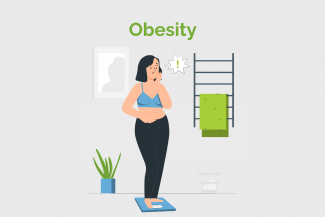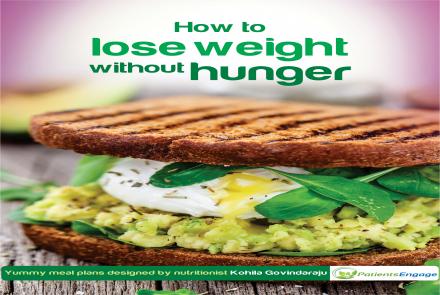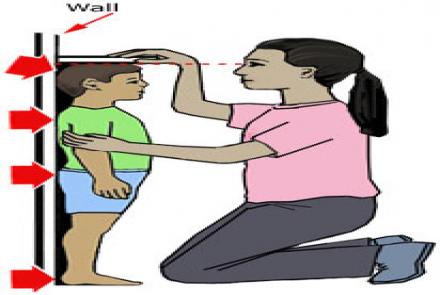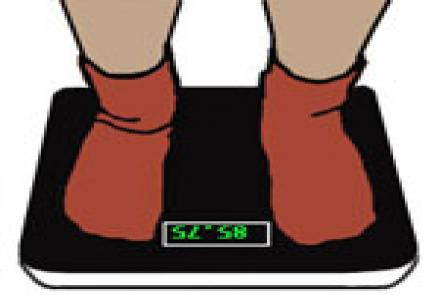Worldwide obesity has more than doubled since 1980. In 2014, more than 1.9 billion adults, 18 years and older, were overweight. Of these over 600 million were obese. 39% of adults aged 18 years and over were overweight in 2014, and 13% were obese. Most of the world's population live in countries where overweight and obesity kills more people than underweight. 42 million children under the age of 5 were overweight or obese in 2013.
Obesity is preventable.

Management of Obesity includes:
Weight Loss
- Set certain goals for losing weight
- Fix a target to lose 5-10% of your current weight over 6 months. this will also reduce the risk of other systemic conditions like diabetes and coronary heart disease
- Lose weight slowly at the rate of 0.5 to 1 kg per week which would make it as a habit thereafter.
- Joining local Weight loss group
- Lifestyle changes can help in achieving long-term weight-loss success.
- Focusing on balancing energy IN (calories from food and drinks) with energy OUT (physical activity)
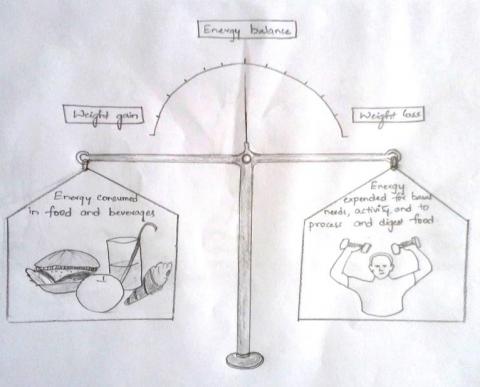
- Following a healthy eating plan
- Learning how to adopt healthy lifestyle habits
- If these are followed over time, after certain time these changes will become part of your day to day life.
- Focusing on balancing energy IN (calories from food and drinks) with energy OUT (physical activity)
Diet: Healthy diet includes:
- Fat-free and low-fat dairy products, such as low-fat yogurt, cheese, and milk.
- Protein foods, such as lean meat, fish, poultry without skin, beans, and peas.
- Whole-grain foods, such as whole-wheat bread, oatmeal, and brown rice. Other grain foods include pasta, cereal, bread, and crackers.
- Fruits and vegetables those are canned, frozen, or dried.
- Canola and olive oils, and soft margarines made from these oils, are heart healthy. Unsalted nuts, like walnuts and almonds can also be included. These should be used in smaller quantities due their richness in calories.
- Foods that are high in saturated and trans fats and cholesterol raise blood cholesterol levels and also might be high in calories. Fats and cholesterol raise your risk for heart disease, so they should be limited.
- Eating slowly and avoiding situations where you get over tempted to eat.
Physical Activity:
- Physical activities like aerobic, muscle-strengthening, bone strengthening, and stretching.
- These activities can be performed with light, moderate, or vigorous intensity. The level of intensity depends on how hard you have to work to do the activity.
- You can perform these activities by breaking them into short periods of 10 min each.
- Walking, jogging, swimming and tennis for 150-300 min a week.
- Start walking for 10 to 15 minutes three times a week, and then build up to brisk walking for 60 minutes, 5 days a week.
Behaviour therapy
- The crucial step is to understand the habits that had caused you to over-eat and have inactive styles.
- The next step is to change these habits through
- Dance to music in your living room or go for a walk, instead of watching TV.
- Go out for the break time in office for a cup of tea.
- Bring a pair of change of clothes to work so that you can head straight to an exercise class on the way home from work.
- Note on your calendar to remind yourself to take a walk or go to your exercise class.
- Therapy or intervention with experts who addresses related to behaviour and dietary habits.
Your support team should include:
- Endocrinologist
- Nutritionist
- Physiologist
- Bariatric Surgeon
- Psychologist
Changed
04/Nov/2017
Community
Condition

